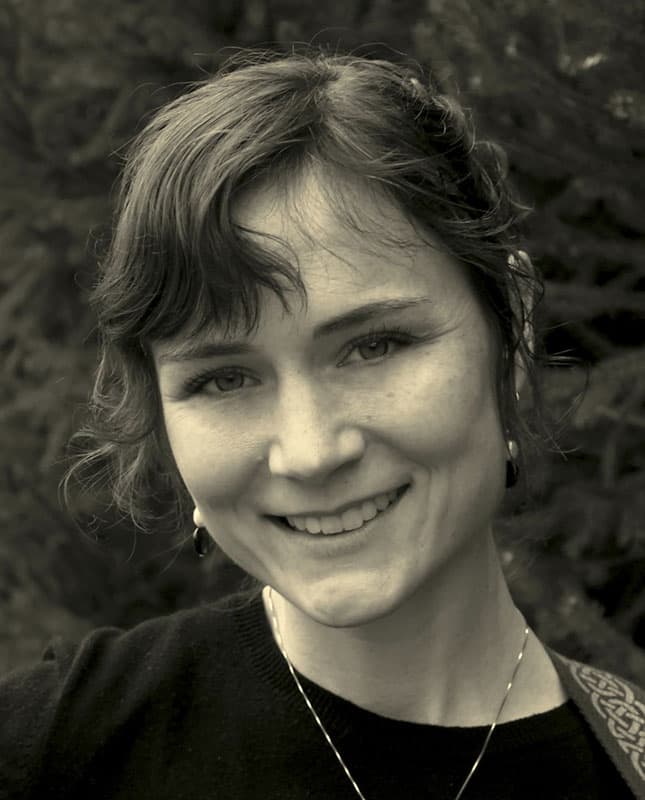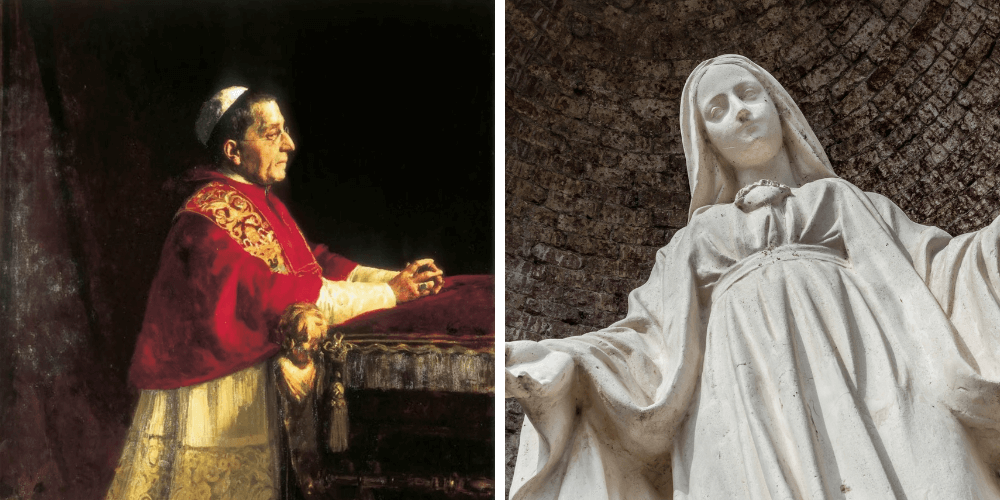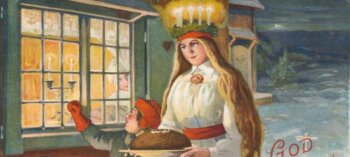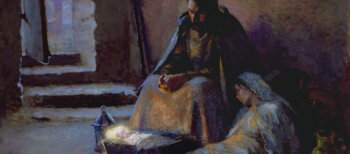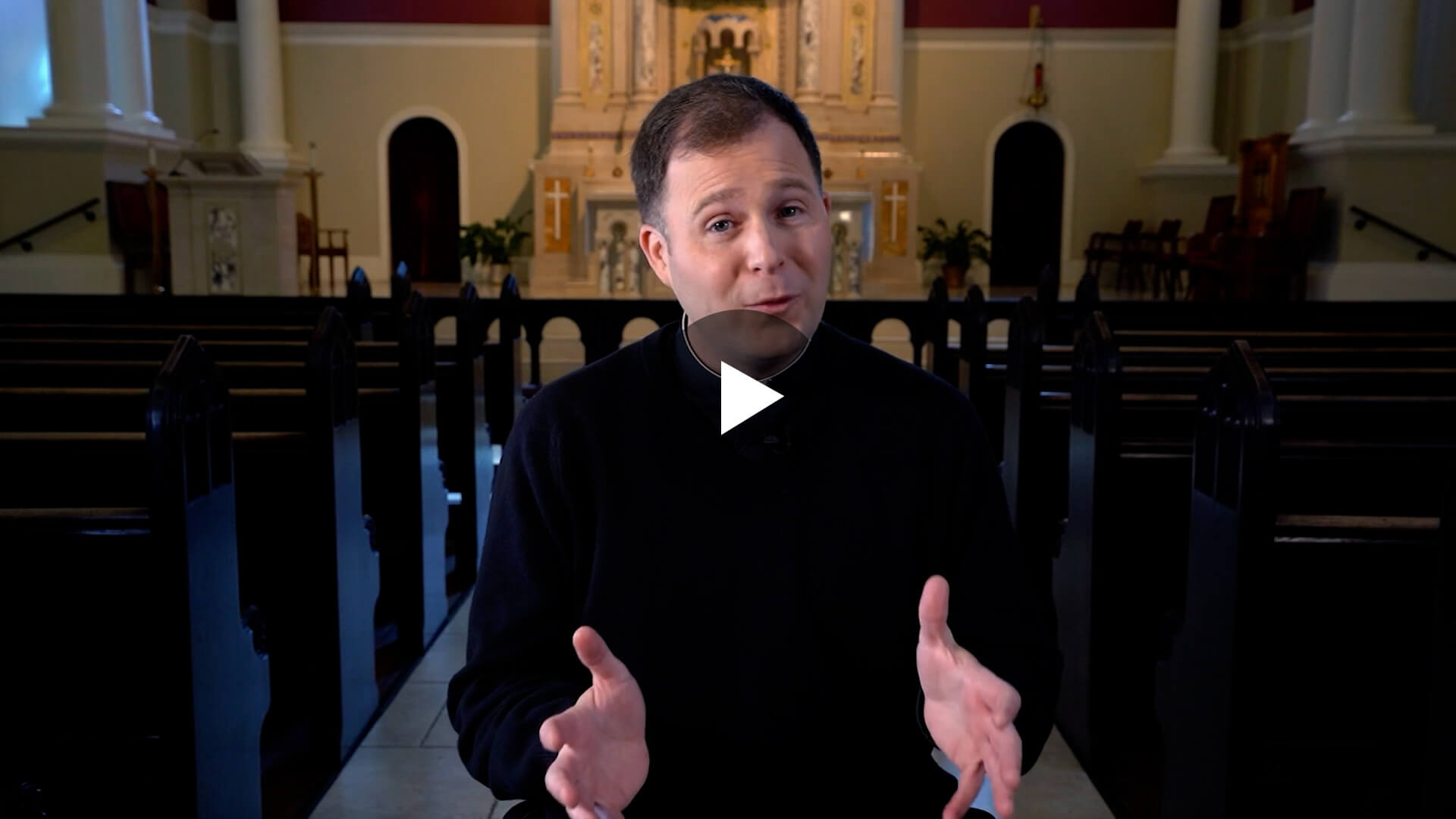Well, how do you do, young Willie McBride?
Do you mind if I sit here down by your graveside?
And rest for a while in the warm summer sun
I’ve been walking all day, and I’m nearly done.
I see by your gravestone you were only nineteen
When you joined the great fallen in 1916
I hope you died well and I hope you died clean
Or young Willie McBride, was it slow and obscene?
Did they beat the drum slowly, did they play the fife lowly?
Did they sound the death march as they lowered you down?
Did the band play The Last Post in chorus?
Did the pipes play the Flowers of the Forest?
—The Green Fields of France
In a city that rarely makes headlines—Scranton, PA—there is a borough named Dunmore.
It is nicer than most parts of Scranton, which isn’t saying a lot, but it was a far cry from Leesburg, Virginia, the beautiful Civil War town I’d moved away from not long before. I’d moved like so many 20- and 30-somethings do—in pursuit of a job, spurred on by restlessness. Or maybe it was the pursuit of restlessness, spurred on by a job. I look back now and wonder what on earth I was thinking.
But the job was good and set me up well for my work with Good Catholic, so it was all according to God’s good Providence (which wisely hid from me how much I would dislike Scranton).
I lived in a shoebox just across the road and up the street from a vast tract of hallowed ground called Dunmore Cemetery. It was a beautiful spot, full of greenery, trees, majestic family crypts, and lengthy paved paths on which I ran many an evening mile.
To some it might seem odd, running, walking, or recreating in whatever way in a cemetery, maybe even a little irreverent. But we, the denizens of Dunmore, didn’t have any qualms about it. I’m sure those whose mortal remains lay there had no issues with it, especially if you took the time to pray for them, give them some thought, and maybe read the carven headstones that were, perhaps, their last hope that someone would remember the brief years they spent here on Earth.

The Bivouac of the Dead
This particular cemetery had an unusually high veteran population, whose places of rest were marked with little American flags. They hailed from every war you could think of, as far back as the Revolution.
The “Bivouac of the Dead”—a section specially dedicated to veterans’ graves—was marked out by a commemorative stone with O’Hara’s famous poem inscribed on it. A great, silent cannon kept perpetual vigil, its projectiles piled in a neat little stack beside it. They looked like giant black marbles, a playful resemblance that starkly belied the reality of their deadly power.
My own feelings towards Dunmore, Scranton, and northeast Pennsylvania at large probably had nothing in common with the feelings these men and women had towards this uncool region of the world where they once lived. I’m sure those whose lives ended on the battlefield would have given a lot to have returned home alive to this homely town.
Teddy
It wasn’t in the Bivouac that I found Theodore’s grave.
I found it in a less noticeable place, and probably would have missed it altogether if it weren’t for the fact that his headstone—which was a flat, unobtrusive rectangle flush with the ground—had not been positioned very close to one of the main walkways.
His name was Private First Class Theodore Williams—Teddy, let’s call him. His grave caught my eye for a few reasons: he died in World War I, he was only 19, and he was killed in Argonne, France, tragically, only a month before the war ended. He was, presumably, one of over 26,000 American soldiers killed in the Meuse-Argonne Offensive, the largest and deadliest campaign of the war for the Americans and one of the final strokes that finally ended the conflict.

Teddy’s name didn’t fit as neatly into the rhyme and meter of The Green Fields of France as the name Willie McBride, the deceased protagonist of the famous song. But his grave reminded me of it still. The song tells the tale of many a teenager who set out for foreign lands between 1914 and 1918 and met his fate on a distant battlefield.
Teddy was a gunner with Battery D of the 109th Field Artillery Regiment, a part of the Pennsylvania National Guard. I found his name on a Gold Star list of KIAs in an old newspaper from the time, and then again in a moving obituary that tells the short tale of a sunny-smiled kid of seventeen who volunteered in 1917:

So he’s Ted, not Teddy.
From another newspaper clipping—a report on the welcome-home celebrations for his regiment—I also discovered that perhaps Ted’s body wasn’t even there in Dunmore. According to the paper it still lay in the green fields of France. The headstone, it seems, is but a tribute and a marker, or maybe somehow his body got transferred home later.
Either way, I’m glad we met there on the green fields of Dunmore, and finding out even just a little of his earthly story in those newspaper clippings brought him into the realm of reality and humanity. The Green Fields of France continues:
Did you leave a wife or a sweetheart behind
In some faithful heart is your memory enshrined?
Although you died back in 1916
In that faithful heart are you forever nineteen?
Or are you a stranger without even a name
Enclosed in forever behind a glass pane
In an old photograph, torn, battered, and stained
And faded to yellow in a brown leather frame?
I always thought the lifespan of the WWI generation was incredible. For those who survived the war, their headstones seemed to indicate that they were a particularly robust and long-lived generation, often living past 100. What a bitter irony that such a generation was fed into the meat-grinder of a useless and devastating war, so many of them dying before they even grew up.
Had Ted lived, he would have been on a par age-wise with the great-grandfathers of the millennial crowd. Had he lived, he would have felt—however much we would have loved and respected him—removed from us, a relic from another time.
But for me, one of his probably-few visitors in Dunmore Cemetery, he really was forever nineteen. He felt like my little brother, not my great-grandfather. So that’s what I ended up calling him—my adopted kid brother.
I only lived in Dunmore a year then moved to a bigger place in a slightly-nicer area. But on Memorial Day 2020, I returned to Dunmore Cemetery, bearing an armful of red roses to place on the graves of those veterans killed in action.
Ted somehow ended up with three roses.

To the Veterans of Unpopular Wars
Every war produces its own feelings in the minds of those who think on them. There is a commonality to these feelings that springs from a given war’s purpose and, often, its outcome; there is an individuality to them based on the thinker’s own history and sphere of interest.
For example, most of us Americans feel a little swell of pride and inspiration when we think of World War II and our part in it. We love the tales of heroism that came from the beaches of Normandy and the forests of the Ardenne, and even the sorrow we feel at the loss of life is tempered by the grand purpose for which those lives were given. Here was a conflict of good versus evil, in which the future of the free world was at stake, on the success of which so many oppressed and suffering people depended.

To take another example, the high ideals for which the American Revolution was fought produce sentiments of patriotism and a real sense of the nobility of our “one nation under God,” in which “all men are created equal.” The atmosphere of legend and adventure evoked by the setting of colonial America adds a unique color and wonder to accounts of the battles of Bunker Hill, the siege of Charleston, and the surrender of Cornwallis at Yorktown. This war is also unique in that we can touch it with our hands without going too far from our front lawns, because that’s exactly where it was fought.
The veterans who came home from these wars received a hero’s welcome on their return. The memory of those who died is enshrined in the heroic stories we read, watch, tell, and retell. We talk of the dead as those who made the ultimate sacrifice, those who laid down their lives for their friends, those who gave all.
But then there are those other wars.
There’s Vietnam. And World War I. The emotions that the memory of these conflicts produce in us are very different.
No one talks about the tragedy of the Second World War, but we sure do talk about the tragedy of the First. Most people don’t talk about the agony of the American Revolution, but someone important once spoke of the agony of Vietnam. These wars had in common questionable motivations, massive human slaughter, and un-victory-like endings. The veterans who fought in them had a unique set of interior struggles as they lived, fought, and died in the shadow of an overwhelming question: Why are we here?

So often, the question went unanswered, and all these soldiers could do was fight for the brother who was next to them.
I was glad to see that at least Ted’s 109th Field Artillery Regiment got a rousing welcome back home—I assume most of the Doughboys did. But nowadays—the veterans all gone now and the war receding into the realms of ever more distant history—we look back on it with little nostalgia and less euphoria. We’d rather just forget that it happened.

109th Field Artillery Regiment. Ted’s name is listed in the center column, among those killed in action.
The florid, emotional language of the Times Leader’s report on the return of the 109th is almost laughable in its naïveté, or perhaps reprehensible in its obvious disingenuousness. We acknowledge now that the war was a disaster in every way. This is a reality that was maybe more evident in the countries that were involved from the beginning or the “loser” countries—places like Germany that were plunged into severe economic crises after the war.
For many of the soldiers of Vietnam, no welcome awaited them back in the United States. The political and social tensions of the time combined with the vocal protests against the war meant that those who were the visible face of the conflict—the soldiers—were often treated like villains rather than heroes. They had to carry around the interior and exterior wounds of war along with the disdain of their fellow-countrymen.
All this goes to say that there is a singular heroism to the veterans of unpopular wars. They faced a set of challenges on the battlefield and at home that often stretched far into the postwar years, even their entire lives, if they got to live them. Those who died in trenches on the Somme or the jungles near the Ho Chi Minh Trail are often remembered with—at best—pity and regret. It’s probably not the way they’d like to be remembered.
So, on this Memorial Day, as we remember all who gave their lives for our country, let’s not forget the hidden heroes of uncelebrated wars.

at every veteran’s grave at Arlington for Memorial Day
I returned to Dunmore in 2021 on a visit to the area. I took roses for Teddy again (I get to call him Teddy because he’s my little brother). I haven’t been back since, but the next time I find myself back in northeastern Pennsylvania, you can be sure I’ll stop in a little borough named Dunmore, roses in hand. +
Requiem aeternam dona eis, Domine, et lux perpetua luceat eis. Requiescant in pace. Amen.
Eternal rest grant unto them, O Lord, and let perpetual light shine upon them. May they rest in peace. Amen.
